17 Diseases Your Dog Is Able to Detect, According to Science
Dogs truly are incredible creatures blessed with a strong sense of smell that could save lives and support science in ways we are only beginning to understand. Their abilities remind us of the fantastic potential of human-animal partnerships. Their extraordinary noses enable them to detect various diseases by identifying specific volatile organic compounds (VOCs) associated with certain health conditions.
Here are 15 diseases that dogs can detect, backed by scientific research.
Cancer

Credit: freepik
Certain cancers produce subtle chemical changes in the body, releasing odors imperceptible to humans. Trained dogs can hone in on these changes through samples like breath or urine. This incredible ability has proven especially useful for detecting cancers such as lung, breast, and melanoma. They’re giving science a valuable head start in early diagnosis.
Diabetes
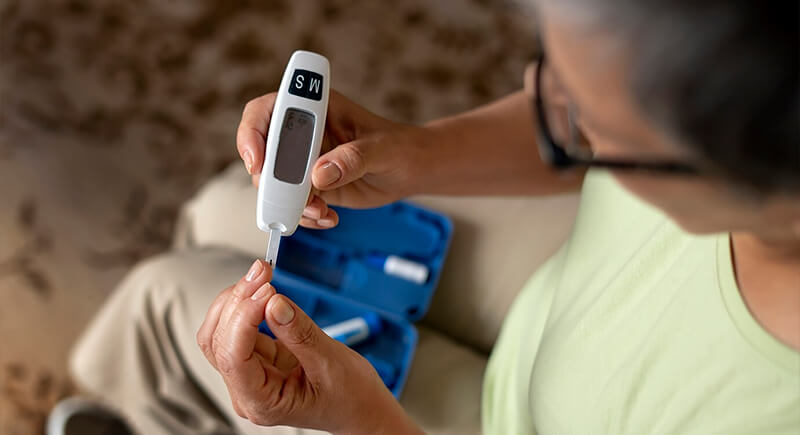
Credit: freepik
Dogs can sense when blood sugar levels drop dangerously low, often giving their owners a life-saving warning. By picking up on chemical shifts in the body, these alert dogs act as early responders, even nudging or signaling for immediate action. For many, dogs become their daily lifesavers.
Epilepsy

Credit: iStockphoto
Dogs trained for seizure detection can pick up on subtle cues before an episode occurs, such as changes in body language or scent. They give their owners a crucial heads-up, allowing them to prepare for safety. For people living with epilepsy, these dogs provide both protection and peace of mind.
Malaria
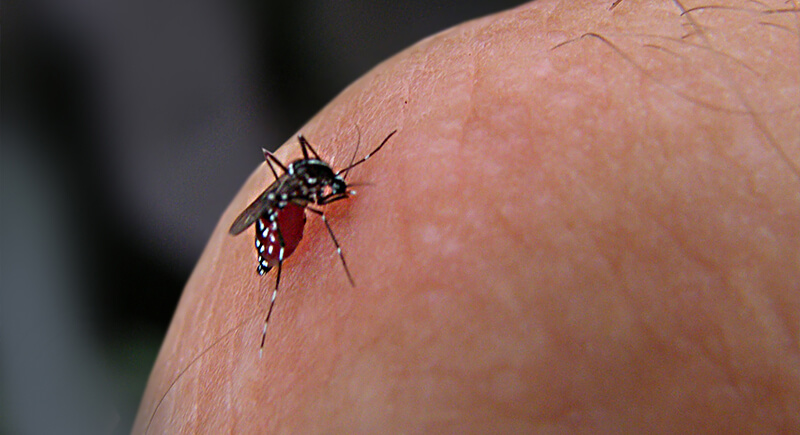
Credit: flickr
Recognizing malaria might seem like science fiction, but dogs have proven they can diagnose the presence of this disease through blood samples. Their ability to differentiate infected from non-infected individuals, even in asymptomatic cases, could one day revolutionize disease control in high-risk areas.
Parkinson’s Disease

Credit: iStockphoto
Parkinson’s disease leaves a distinct signature in the oils on human skin. While most wouldn’t notice this, dogs are able to pick it up long before symptoms like tremors begin to show. This skill opens up possibilities for earlier treatment, giving patients more options for managing the condition.
COVID-19

Credit: iStockphoto
Dogs have been helping the fight against COVID-19 by sniffing out unique markers of the virus in sweat or saliva samples. Their accuracy rivals laboratory tests, and they’ve even been deployed at airports for screenings. These canine heroes are showing us that identifying doesn’t always have to rely on machines.
Clostridioides difficile (C. diff)

Credit: iStockphoto
Dogs can spot C. diff, a bacterial infection that often occurs in hospitals, by smelling stool samples. This infection causes severe diarrhea and abdominal pain. By identifying these cases, dogs can help prevent outbreaks in healthcare settings and ensure patients get the proper treatment.
Narcolepsy

Credit: freepik
Narcolepsy causes sudden sleep attacks that can strike without warning, but some dogs can sense these episodes before they happen. By noticing shifts in their owner’s behavior or body chemistry, they alert them in time to find a safe place to rest, helping avoid potential accidents.
Migraine Headaches

Credit: freepik
Dogs can sense when a migraine is about to hit. They pick up on changes in scent or behavior that their owner might overlook. By alerting their owner early, they give enough time to take medication or find a quiet place, potentially preventing a full-blown attack.
Bacterial Infections
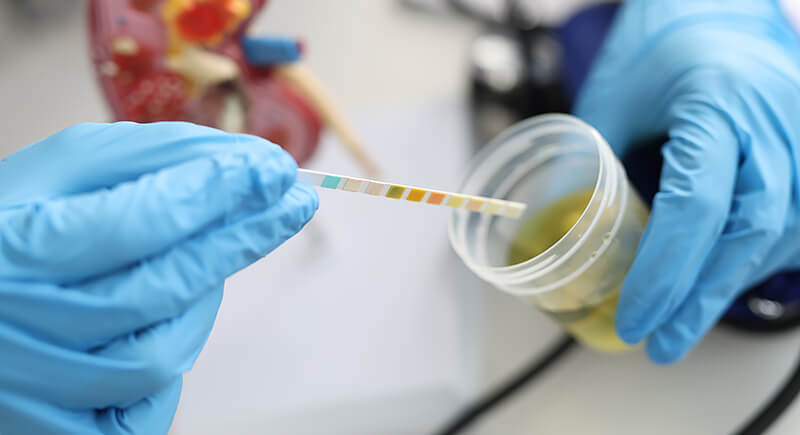
Credit: iStockphoto
Certain bacterial infections, like those causing urinary tract issues, give off odors that dogs can identify. Their sharp noses can pinpoint these problems with precision, often faster than traditional lab tests. This makes them invaluable for diagnosing recurring infections or hard-to-detect conditions.
Lyme Disease

Credit: Reddit
Lyme disease, transmitted by ticks, can be challenging to diagnose. Dogs can locate the disease by identifying unique odors in blood or skin samples. Their exceptional abilities help prevent long-term complications like joint pain and neurological issues.
Tuberculosis (TB)

Credit: iStockphoto
Dogs have been trained to identify TB by smelling sputum samples. This bacterial infection primarily affects the lungs, and early detection is crucial. In parts of the world where TB is prevalent, dogs could provide a low-cost and efficient way to screen large populations.
Viral Infections in Livestock
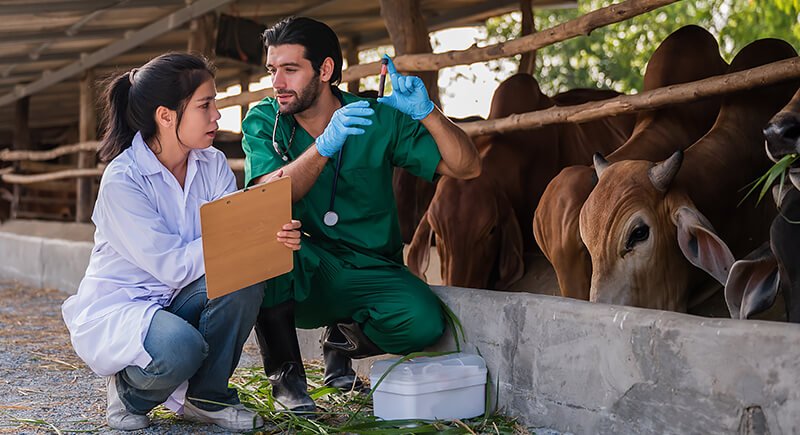
Credit: iStockphoto
Dogs aren’t just helpful for humans—they’ve been trained to sniff out viral infections in animals, like bovine virus outbreaks. This skill helps farmers find and manage diseases in livestock early, preventing the spread of illnesses and protecting animal health.
Avian Influenza
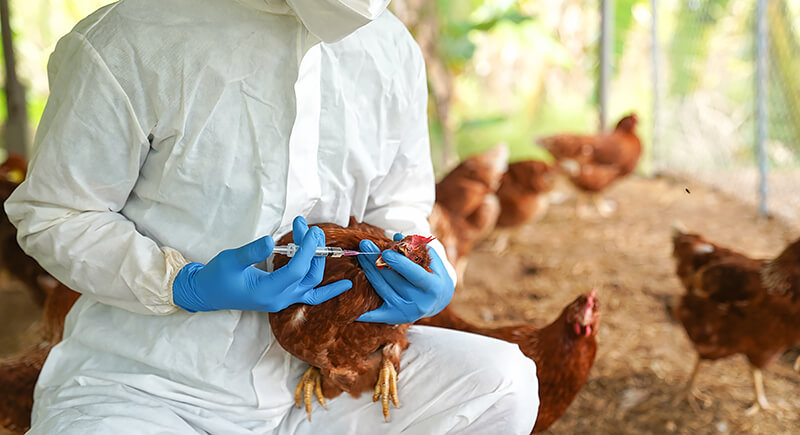
Credit: iStockphoto
Trained dogs can find avian flu in poultry by smelling infected birds. This skill particularly comes in handy during outbreaks, as it helps farmers identify and isolate affected flocks quickly. It’s a practical way to protect both animal and human populations from the disease.
Beehive Diseases
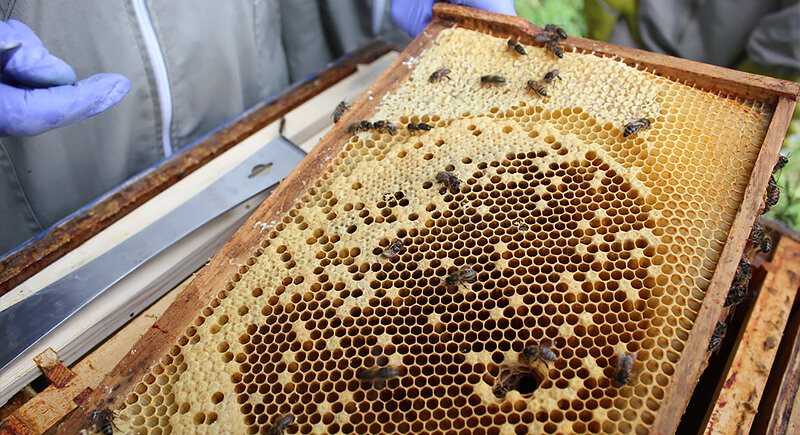
Credit: flickr
Dogs can pinpoint bacterial infections like American foulbrood in beehives. This disease devastates bee colonies, and early detection is crucial for saving hives. With their keen sense of smell, dogs provide beekeepers with a valued tool for managing hive health and protecting vital pollinators.
Stress and Anxiety

Credit: Canva
Studies reveal that dogs can recognize human stress through scent. In a 2022 study, trained dogs accurately identified stress-related breath and sweat samples with approximately 90% accuracy. While they can sense changes once stress occurs, research has not proven that dogs can predict or prevent anxiety episodes beforehand.
Heart Attacks

Credit: iStockphoto
Despite popular belief, research does not confirm that dogs can detect heart attacks before they happen. Although trained dogs have demonstrated skill in recognizing conditions such as certain cancers and diabetes-related hypoglycemia through scent, there is no scientific evidence to support their ability to sense or alert to cardiac events in advance.